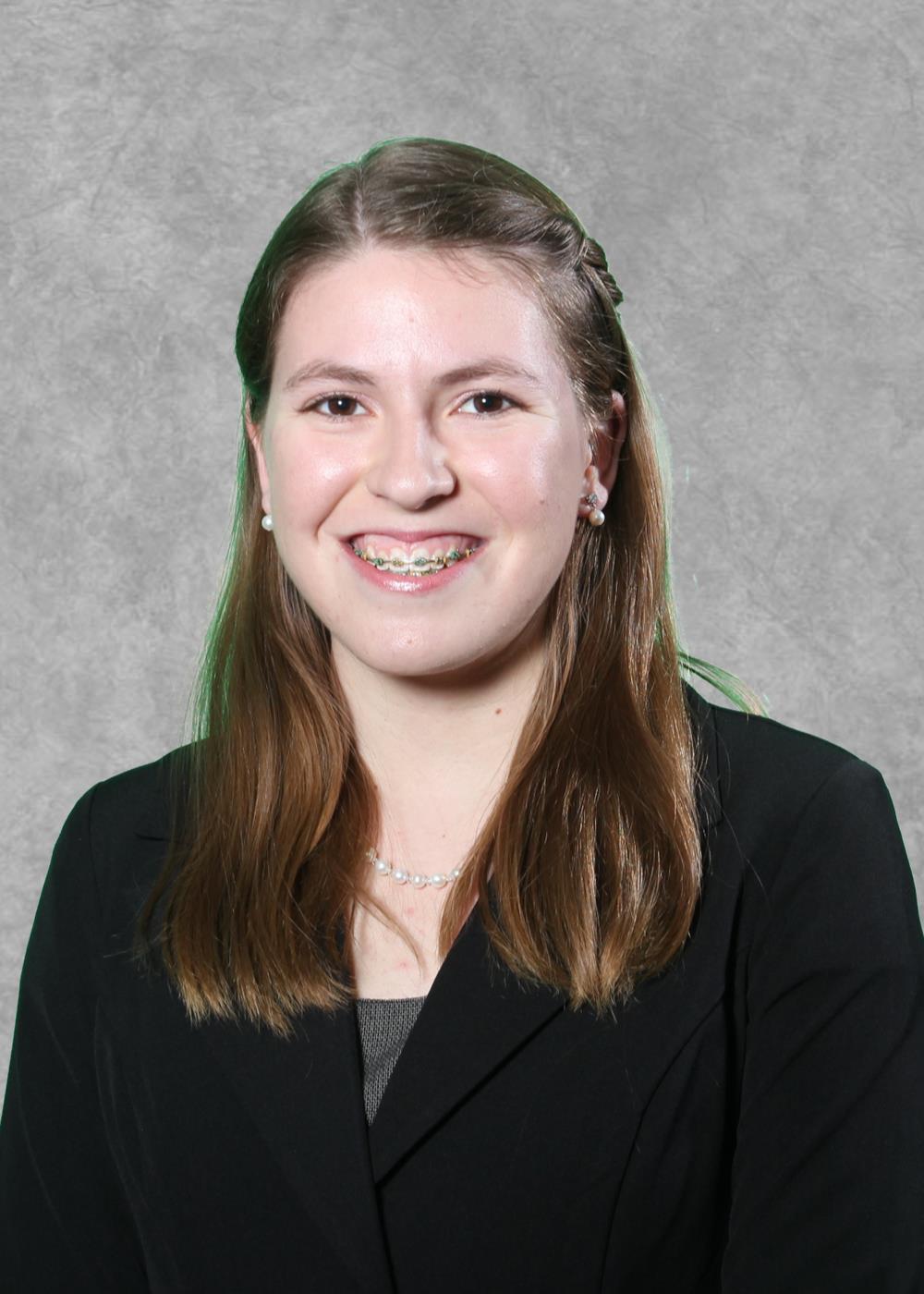Below is a summary of the abstract you submitted. Presenting author(s) is shown in bold.
If any changes need to be made, you can modify the abstract or change the authors.
You can also download a .docx version of this abstract.
If there are any problems, please email Dan at dar78@pitt.edu and he'll take care of them!
This abstract was last modified on April 22, 2015 at 8:16 a.m..

Bacteriophages, viruses that infect bacteria, have both temperate and lytic life cycles. They are found in most environments and are considered the most prolific entities in the biosphere. Arthrobacteriophages are bacteriophages that infect Arthrobacter species, a genus of bacteria found most abundantly in the soil. This study entailed the isolation, purification, and characterization of 22 individual Arthrobacteriophages. These bacteriophages were discovered in soil samples collected from a variety of geographic locations by Baylor University students. The main purpose of our collective investigation is to perform comparative analysis between Arthrophage genomes and to test the possibility that an Amigo-like prophage exists in our host. Methods: Enrichment of each soil sample with Arthrobacter sp. produced a lysate for plaque purification. The isolated phages were characterized using transmission electron microscopy, restriction digestion using five endonucleases and gel electrophoresis. Seventeen phages were archived and ten genomic DNA samples were submitted for sequencing to the Pittsburgh Bacteriophage Institute’s sequencing facility. Gene annotation was performed using DNAMAster, Glimmer, GeneMark, BLAST, HHPred, Starterator, and Phamerator to identify potential genes and assign putative functions. Further analysis of genomes used VISTA, MAUVE, PHAST, and other bioinformatic tools. Results: All isolated phages were Siphoviridae. Results from the sequencing of eight phages indicated that three of the samples were identical or similar to Arthrophage Amigo, a Baylor University phage isolated and sequenced in 2013-14. This led to the design of Amigo primers to test the remaining DNA samples and the host genome. PCR indicates that Amigo sequences are present in the host Arthrobacter sp ATCC 21022, but this result is currently being confirmed. The class annotated four non-Amigo-like phages. Link and Courtney3 are approximately 15, 500 bp in length, similar to Sandman and Tolouse. Steve and LeeroyJ are similar to Jawnski with a length of approximate 51,000 bp. These two groups of phages differ from Amigo, which is about 59,000 bp. We are currently using bioinformatics tools to investigate clustering methods and to analyze genome and protein structure features. This poster will present a comparative analysis of Arthrobacteriophages. Conclusion: In addition to informing the field of phage genomics, further research into the genomes of Arthrobacteriophages may lead to the development of new molecular tools for research. Phages may provide an alternative to antibiotics or food preservatives. Investigation of bacteriophages may provide insights into novel bacterial strains able to reduce the accumulation of harmful inorganic compounds and agricultural pesticides in the soil.


